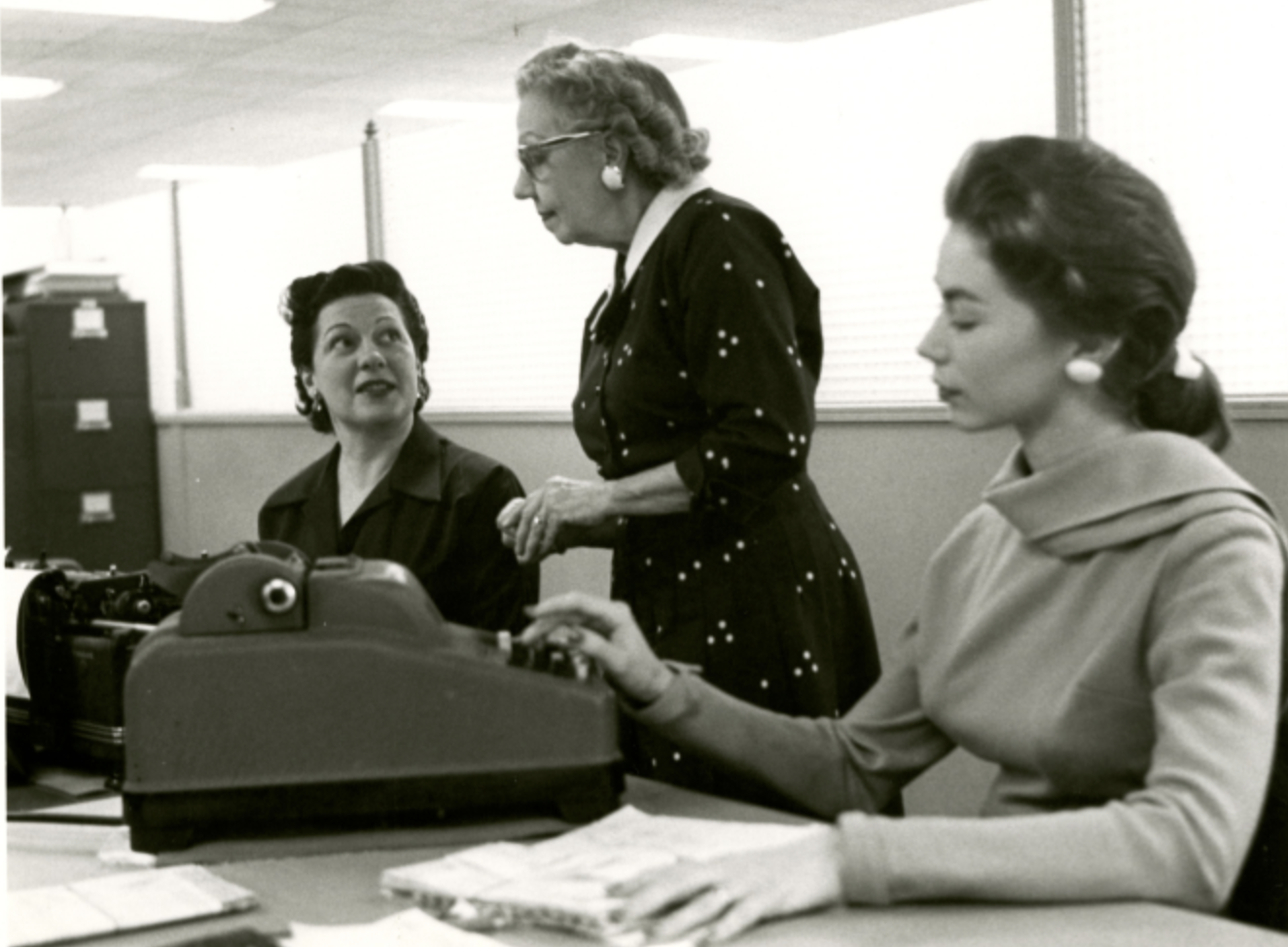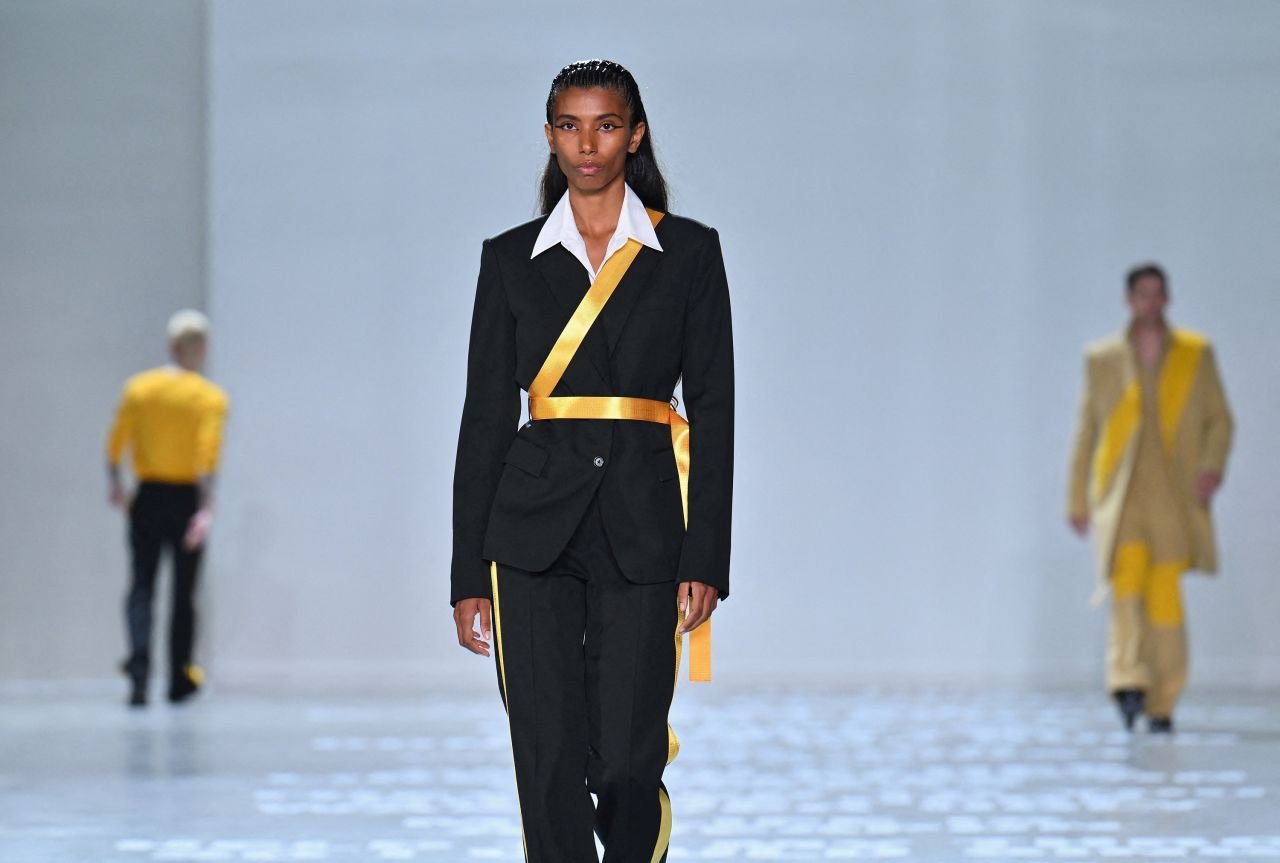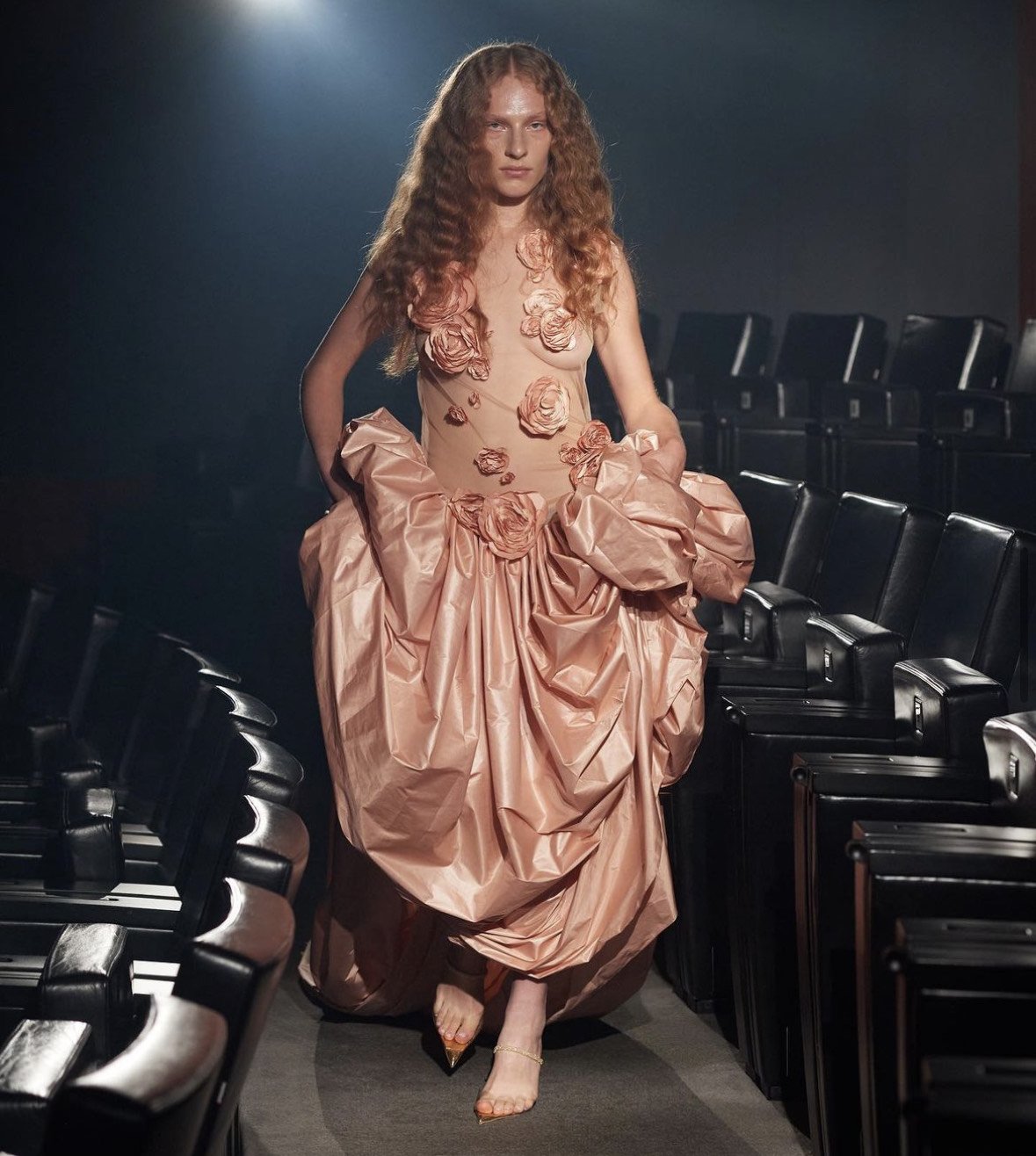The Patriarchal Origins Of Popular Fashion History Myths
As any modern feminist is well aware, the patriarchy is to blame for many of the issues within society today. However, something that many of us do not know is how much our modern views of the past have been shaped by these patriarchal beliefs and opinions. Let’s explore some of these myths and how they have come to be.
Women Couldn’t Breathe
It’s impossible to discuss fashion myths without first addressing the controversy around corsetry. Many people turn to corsets as their first example of the “dangerous and unhealthy” garments inflicted upon women. However, the reality was quite different. Corsetry in its many forms, including bodies, stays, and other boned under layers first gained prominence in the 16th century and soon came to be worn by women of all classes. These early “pairs of bodies” were utilized in order to create a flatter shape throughout the torso emphasizing the clothing silhouettes of the time, and were not in fact used in order to constrict the waist. These garments weren’t just worn by the aristocracy, but also everyday working women, just living their lives. They were in a sense precursors to the modern bra, providing chest and back support. When worn correctly and properly fitted to the wearer, corsets and stays functioned simply as a base undergarment, providing shaping and support to the wearer.
While there are reports of male doctors in the era objecting to the use of corsetry it’s quite important to note that these doctors are some of the same ones who perpetuated ideas of female hysteria and other misinformation. Many of us will have heard tales of women swooning and fainting as a result of corsetry, however, there is no clear evidence to suggest this actually happened. Examples of this are often from fictional works where swooning was used for dramatic effect, and it’s difficult to attribute any actual cases of fainting to corsetry as diet and health conditions were often poor and more likely to be the cause. Stays and corsets varied in materials and construction, achieving their shape using materials like cane, reeds, bends, baleen(whalebone), and eventually steel. These materials were all flexible to varying degrees, allowing the garments to slowly mould themselves to the body of the wearer through time and repeated use.
Women Couldn’t Easily Move
Corsetry isn’t the only type of historical understructure that has been misunderstood. When looking at historical garments and images a common remark heard is “how did they sit down”, normally referring to structures like panniers and crinolines. This question is actually quite easy to answer with some basic knowledge of garment construction. These pieces were made with similar materials as those seen in stays and corsets, which were mouldable and set in spaced apart boning channels allowing for flexibility and mobility. As these channels were horizontal they were able to hold the structure out at the sides, while also being able to move vertically to accommodate movement. Just like with corsetry skirt supports like farthingales, panniers, hoops, and bustles were made with a variety of materials allowing for varying degrees of action. According to some these structures were actually in a sense quite freeing for women. They diminished the need for excessive heavy petticoats by holding the silhouette, preventing overheating and being weighed down, and they allowed women to take up space and have some level of control of their own bodily autonomy.
"A cutting wind or the fatal effects of tight-lacing”, 1820
Women Didn’t Like Historic Fashion
One of the most common assertions heard regarding the historical dress of women is the claim that all women simply did not like the fashions of the time; wearing them only due to patriarchal pressure and to conform to the male gaze. However, this claim in itself is quite misogynistic, diminishing the opinions and identities of these women; grouping them together as if they were incapable of independent thoughts and opinions. Many of the trends were created by women, and for centuries women were the ones designing and making many of these garments.
It is important for us to learn to examine these beliefs and where they come from so that we can better understand our own biases and existing opinions, and examine the information from a more critical lens. Many of these ideas can be traced back to people misunderstanding historical documents and illustrations, however, in modern times we often lack the ability to easily see the context of these images. When doing research we must try to be open-minded and objective, looking not just for confirmation of what we think we know but for the truth. When we look at the past we must try to remember the humanity of the people we’re studying, and the lived experiences and opinions of women throughout history.









